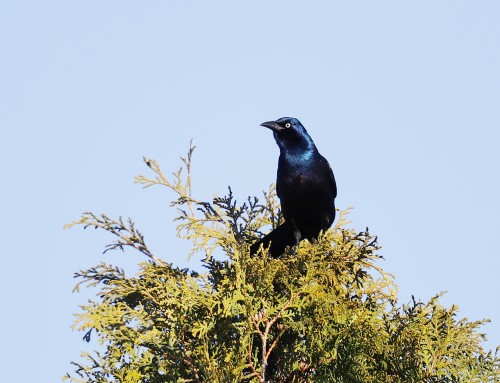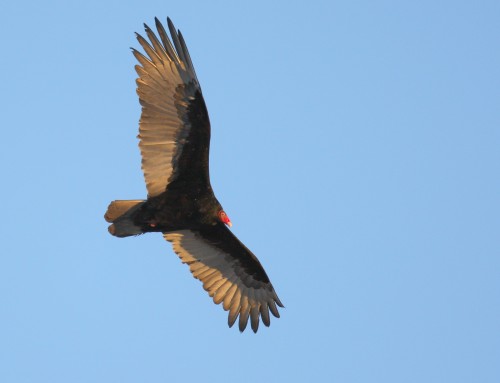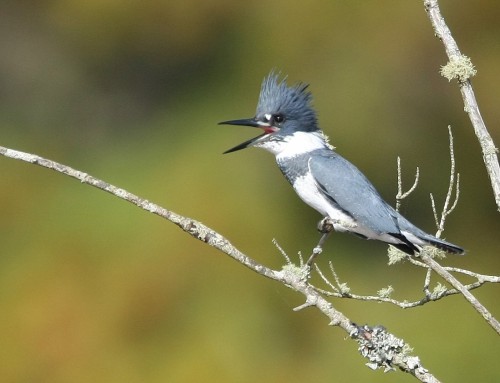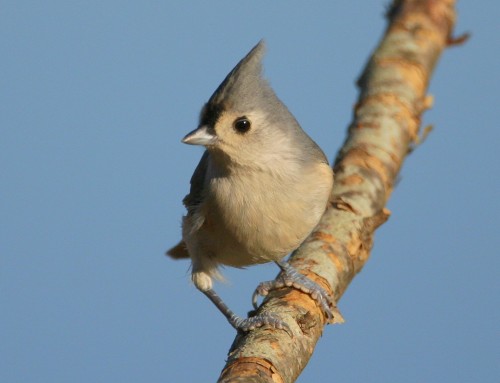Jan. 19, 2024: Horned Larks winter in fields and grasslands in Falmouth. Thriving in sparse vegetation, they form flocks, feeding on seeds and insects, adapting to cold and snowy conditions in fields and pastures Their wintering habitat depends on suitable foraging grounds with limited vegetation. This Horned Lark, with a distinctive yellow and black mask was recently seen at Crane Wildlife Management Area off of Rt. 151.
Horned larks (Eremophila alpestris) are known to inhabit a variety of open habitats during the winter, including agricultural fields, grasslands, and coastal areas around Falmouth. These birds are often found in areas with sparse vegetation, such as plowed fields, pastures, and shores.
During the winter months, horned larks may form flocks and feed on seeds, grains, and insects. They are adapted to cold conditions and are capable of surviving in open, snowy landscapes. In agricultural fields, they may forage for spilled grains, while in coastal areas, they might utilize sandy or rocky shores.
The availability of suitable foraging grounds and the presence of open spaces with limited vegetation are key factors determining the wintering habitat of horned larks in New England. These adaptable birds are known for their ability to thrive in a variety of environments, making use of the resources available to them during the colder months.







Leave A Comment
You must be logged in to post a comment.